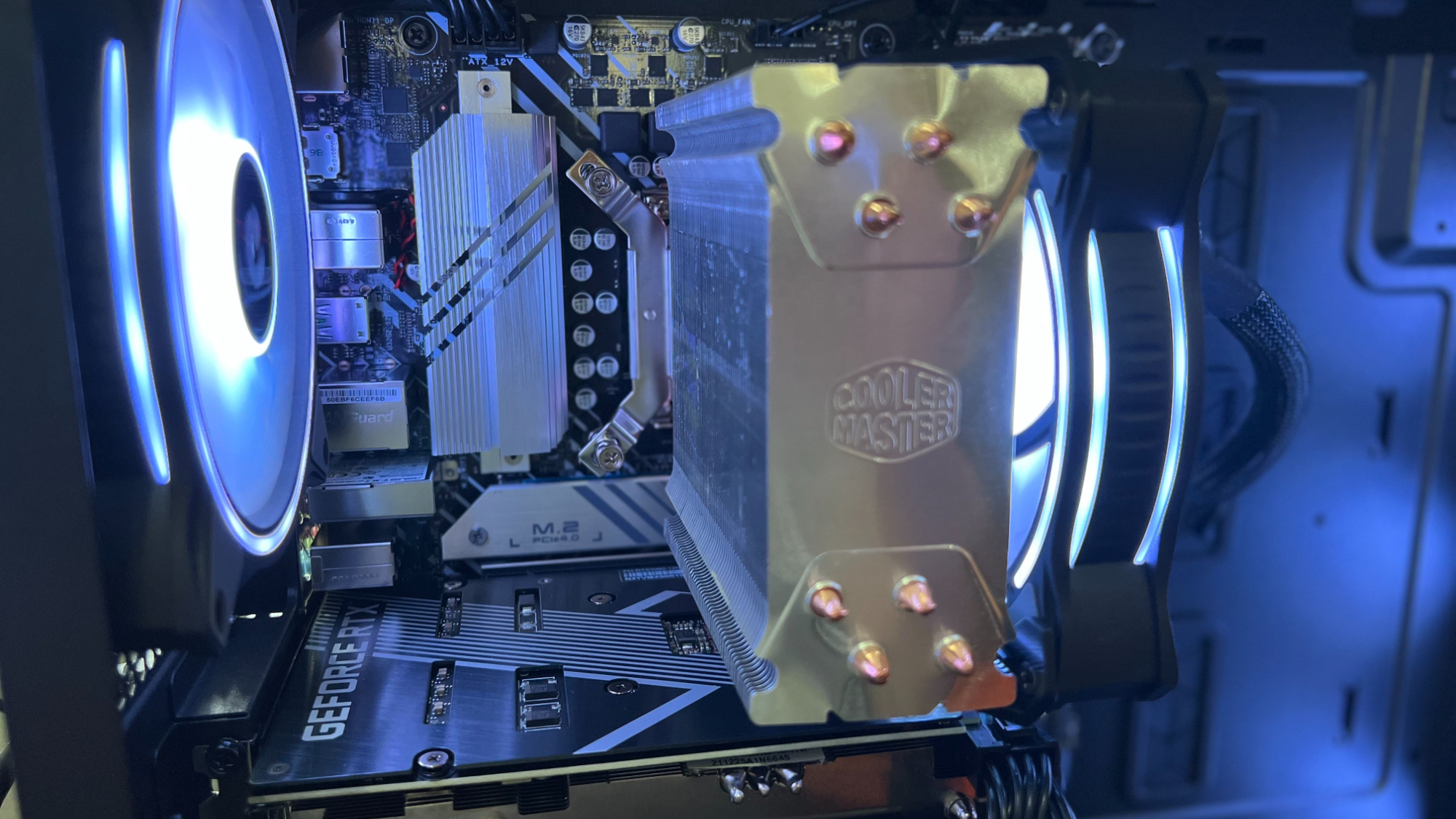
[ad_1]
You did it. You put some money aside for a new gaming PC but then realized you didn’t know where to start. You kind of have an idea of what you want, but the thought of hunting down parts and building a computer stresses you out. This is where Redux hopes to step in by making you a PC based on what you’ll be playing and not paying a premium for parts and labor.
Redux delivered one of its “Good” models for review, which is priced at $1,415, placing it at the higher end of their budget tier of PCs, with an Intel Core i5 12400F and an Nvidia GeForce RTX 3060 powering all the fun. If you’re looking for a solid 1080p gaming machine, Redux’s High-end PC is a good place to start.
The Redux website has you choose from different base types: Good, Better and Best, with three different price points. That way, if you’re going in on a budget, you can choose your path right away. Next, Redux makes you choose your top three games from a list of popular PC games and your ideal resolution to play those games. It generates a build list with components that fit criteria (which you can edit), and you’re good to go.
Other web stores also do this, but Redux seems the easiest to use.
The build, setup and testing (basically labor) only adds a $100 build fee to the overall price regardless of which setup you go for. You’re mostly paying MSRP prices for all components except, inevitably, for the GPUs. You’re still paying, on average, $200 over the list for most of the RTX 30 series graphics cards, which is pretty typical these days.
Redux ‘Good’ specs

CPU: Intel Core i5 12400F
Cooling: Cooler Master Hyper 212 ARGB
Basic Chipset: Asus Prime B660M-A AC D4
Memory: 16GB (2x 8GB) DDR4
Graphics: Asus Phoenix GeForce RTX 3060 10GB
Storage: Kingston NVMe M.2 SSD 500GB
Power: High Power 700W 80+ Gold
Warranty: 1 year
Price: $1,415 (opens in a new tab)
It’s surprising considering that this area where most PC builders make the most profit is the assembly of your PC, which can easily add hundreds of dollars to the cost of your custom rig.
What you can’t seem to customize is the case, the fans, the motherboard, and the power supply. It looks like Redux uses the same case, a custom Cooler Master TD500 RGB with a nice looking front panel showing off a trio of RGB fans (five total inside). One odd setback is that there is no USB Type-C connection anywhere on the computer.
A casual user probably won’t care if they can’t choose the power supply, but for me, I’d like some options if I want to upgrade the GPU down the road. I might choose a stronger PSU now, but that’s just me.
Although Redux’s semi-automatic configurator will adjust what level of power supply comes with your platform if you choose a higher power GPU. This RTX 3060 powered machine comes with a 700W PSU, while an RTX 3090 Ti system will rock a full 1KW brick.
It leaves a comically large amount of negative space inside the case
Inside is an Asus Prime B660M-A AC D4, which, as you can see from the photos, is a pretty small, micro ATX motherboard. So much so that it leaves a comically large amount of negative space inside the case. While the system works perfectly well visually, it makes the desktop look almost like it’s missing, as all the bits are regulated to the top left corner when looking at the system from the side.
I almost would have preferred a non-glass panel or a smaller case to make things look less awkward. That said, the cable management is immaculate, and setting up the computer had no problems. So, credit to the Redux ship team.
Another small upgrade to consider is a larger SSD. While the Kingston NVMe M.2 SSD is a pretty good drive, it’s only 500GB means that anyone with a large library will have to make some choices or spend a bit more. Upgrading your build to a 1TB drive will only cost another $40.
On the benchmarking front, the Redux Good model’s closest competitor is the similarly specced Ryzen 5-powered NZXT Streaming PC, which is within $10 of the Redux system. The NZXT also has an RTX 3060 under the hood.
In my testing, the Redux PC slightly outperforms NZXT’s midrange PC by a handful of frames in nearly every gaming benchmark we threw at it; except for F1 2021, where it beats NZXT’s platform by nearly 30fps.
However, both systems had nearly identical scores in more demanding games like Cyberpunk 2077 and Metro Exodus. In Cyberpunk 2077, the Redux stays around an average of 29 fps, which is not great. But when you got DLSS going, I was able to doze in Night City at 61 fps. I could probably squeeze out more frames if I decided to turn down the Ultra graphics settings, but why would I?
Gaming performance
System performance
On the CPU front, the Intel i5 12400F inside the Redux easily beats NZXT’s Ryzen 5 5600X in almost every benchmarking category. We saw similar CPU performance in our review of the Cyberpower Infinity X125, which remains one of the better gaming PCs under $1000.
Redux’s “Good” gaming PC let me a good impression It’s a well built system with a nice case design and works great for around $1400. The fact that there’s no USB Type-C port is concerning, but if you’re looking for a great starter PC with some upgrade potential down the road, Redux has you covered. It’s a good system for PC gamers who just want to play games and not worry too much about what they’re actually putting inside.
[ad_2]
Source link

